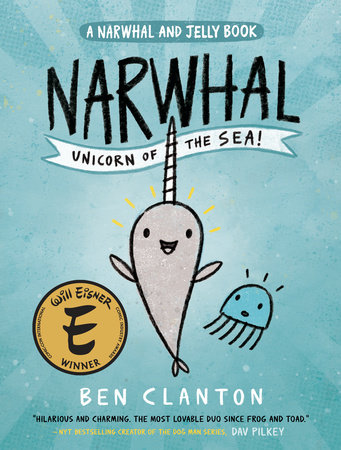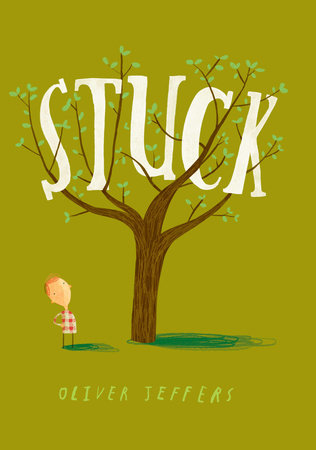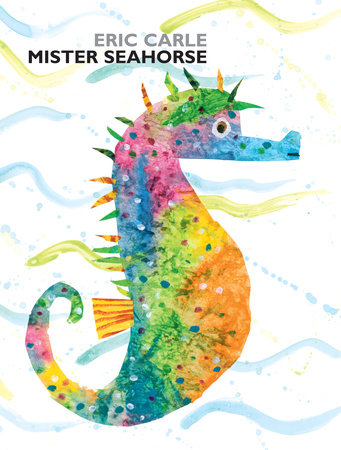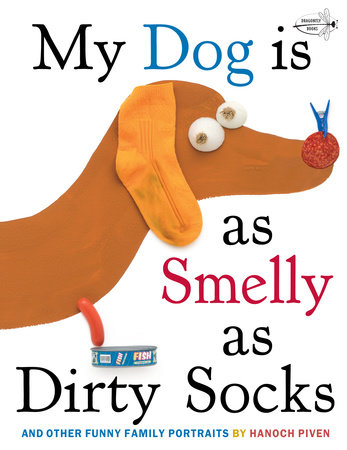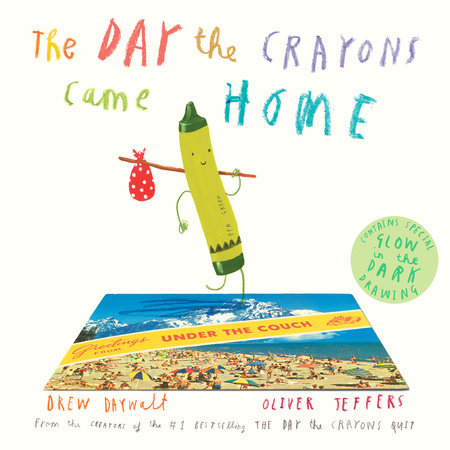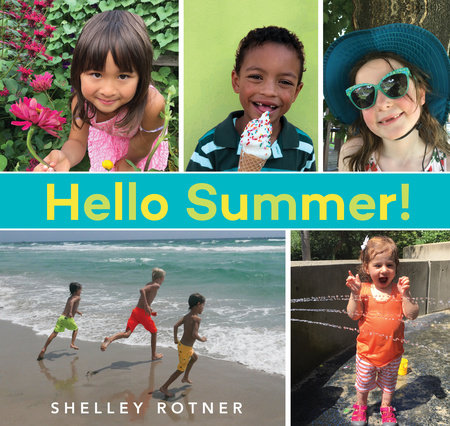Picture Books to Inspire Kids’ Artwork
by Lindsay Barrett
Kids gravitate toward tasks they feel confident completing, and for many, this impacts the types of artwork they’re willing to attempt. My kids’ collections of masterpieces over the years reveal several phases in their artistic journeys, including my oldest son’s treasure-map obsession, my middle son’s pumpkin period, and my toddler’s months-long exploration of the color brown. In the classroom, I’ve seen many art trends go viral; one kid models a cool rainbow or toilet paper-tube sculpture, and similar work soon spills out of every cubby.
My absolute favorite way to urge kids to expand their artistic repertoires is to encourage modeling artwork after picture book illustrators’ work. Children naturally tune into the visual elements in books — often noticing features adults miss. Because it’s made for kids, imitating picture book artwork can feel more attainable than other art forms.
There are countless museum-worthy picture books out there, but here are seven illustrated books particularly perfect for nudging kids to experiment and create.
-
A Narwhal and Jelly Book Series
Available from:For kids who think artwork has to be detailed to be effective, the minimalist line-drawn characters in this series are perfect for convincing them otherwise. The images convey tons of emotion using simple adjustments, like wiggly lines instead of straight ones for Jelly’s tentacles, or a halo of dashed lines around a character’s body to signify exuberance or anger. Give each child a sheet of paper with six comic-book style boxes and a fine-tip black marker, and they’ll eagerly attempt their own graphic vignettes.
Also available from: -
Stuck
Available from:There comes a time in every young artist’s life when the green marker for tree leaves dries up, the black pencil for the road goes missing, or a toddler sibling mixes all the watercolors into brown mud. Oliver Jeffers’s illustrations in Stuck prove that an unconventional color scheme can be a design statement. Tree foliage can be pink, blue — or muddy brown — and look totally intentional. Moreover, Jeffers shows kids they don’t have to painstakingly color surfaces to represent them; a quick crayon swirl can be a grassy knoll, and a scribble of gray can provide a platform for characters. Instead of lamenting an incomplete set of art materials, challenge kids to use what they have to create something unique.
Also available from: -
I Can Only Draw Worms
Available from:This title is for all the kids who “can only draw ______.” Rather than letting a lack of artistic confidence be limiting, this title embraces it and ends up constituting its own type of art. A creative, deadpan storyline accompanies the simple illustrations that are truly only of worms. Encourage kids to draw what they can, then tell or write a story to go with it.
Also available from: -
Mister Seahorse
Available from:There are perhaps no illustrations early childhood classrooms love to study more than the painted collages of Eric Carle. The rainbow watercolor patterns in Mister Seahorse are particularly enticing to emulate. Have kids drip various watercolors on coffee filters, dry, and cut into shapes for collage pieces. They can imitate the paint flourishes and splatters that finish off each underwater page, too!
Also available from: -
My Dog Is As Smelly As Dirty Socks: And Other Funny Family Portraits
Available from:A young girl draws a family portrait for a school assignment, but she’s not satisfied. She reworks her portraits using paint and found items. The varied trinkets add both panache and meaning: Mommy is “as soft as the softest fluff,” and Baby Brother is “as sweet as candy” (but also “as loud as a whistle”). Clean out your junk drawer and empower children to create their own unique portraits. If actual items are unwieldy to glue, take a photo of the entire array and print it in color for a child to cut out items and use them as paper collage pieces.
Also available from: -
The Day the Crayons Came Home
Available from:This title and its predecessor, The Day the Crayons Quit, are bookshelf staples for home and the classroom. While both titles encourage kids to explore color, the final spread of The Day the Crayons Came Home — in which Duncan creates a detail-laden cardboard Crayon Fort for misfit crayons — provides an invitation for out-of-the-box design thinking. Collect a pile of recycled materials (and, of course, crayons) and let kids’ imaginations do the rest.
Also available from: -
Hello Seasons! Series
If the 4,218 selfies of my kids’ nostrils on my phone are any indication, kids these days are pretty comfortable working a camera. Not all children make the connection between taking photos and the photos in books, though. Shelley Rotner’s Hello Seasons! series is full of photos of diverse kids delighting in outdoor fun, as well as gorgeous closeups of natural items. It’s fun to imagine her taking the photos, and they serve as perfect inspiration for kids to pose in or take their own to create a photo-essay homage to a favorite season or outdoor setting.

